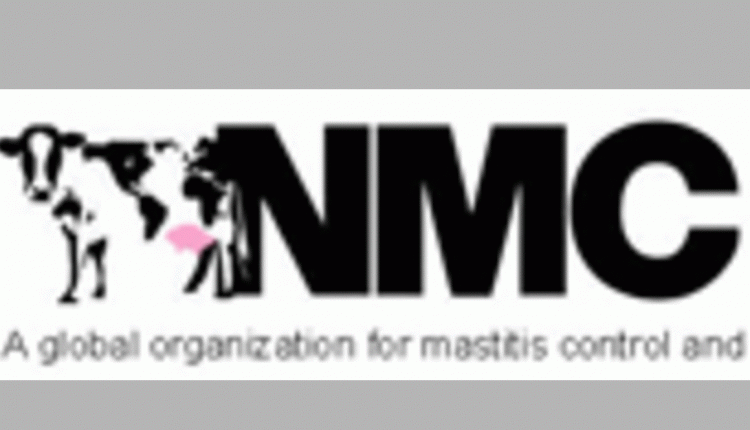
The bacteria that cause clostridial diseases are widespread on dairy operations, often found in soil, rotting vegetation and manure.
“These bacteria are unique in that they often form spores that are incredibly resistant and can last for years,” said Mark van der List, DVM, Boehringer Ingelheim. Animals become infected by breathing in or ingesting the spores, which then go to work attacking the body at specific sites. The spores may remain dormant in tissue until activated by some sort of stimulus. Though there are different manifestations, clostridial diseases are highly fatal.
The sites most vulnerable to clostridial diseases are the muscle, intestines and liver. The disease associated with an infection of the muscle is most commonly known as blackleg and is caused by the bacteria Clostridium chauvoei and Clostridium sordellii. In the intestinal tract, perfringens is the disease caused by Clostridium perfringens types A, C and D.
“Less common are the clostridial diseases associated with the liver, but these are caused by Clostridium novyi types B and D,” said Dr. van der List.
Because the first sign of clostridial disease is often death, it’s critical to focus on prevention.
Three key management practices
1. Vaccination
“Vaccinating for clostridial diseases is a standard part of most producers’ protocols, and for good reason,” said Dr. van der List. “Most clostridial diseases can be effectively controlled through vaccination programs. The vaccines are affordable and effective, and because of the severity of clostridial disease infections, it's a no-brainer to vaccinate.”
Since labor is a consistent challenge for many dairy operations, a single-dose, seven-way vaccine can help ease the process of vaccinating and maximize efficiency.
When administering vaccines, it’s a best practice to change the needle after each animal, or after no more than 10 animals. The exception is changing the needle immediately if it becomes dull, contaminated or bent.
2. Maternal antibodies for calves
Providing high-quality colostrum can provide calves with initial protection against clostridial diseases via maternal antibodies. “Vaccinating a cow toward the end of her pregnancy can ensure the colostrum contains antibodies against clostridial diseases,” said Dr. van der List.
It’s also important to be cognizant of protecting the cow during calving, as any injuries they may sustain can make them vulnerable to clostridial diseases.
3. Thoughtful feeding practices
“Producers should make sure their feeding practices are consistent, that the milk temperatures are kept within the normal ranges and that milk replacer is mixed properly,” emphasized Dr. van der List. “Ensuring a good balance of protein and carbohydrates is key.”
For cattle out on pasture, it’s important for producers to do their best to keep animals from grazing too close to streams where liver flukes are prevalent. Cattle infected with liver flukes are more susceptible to the clostridial disease Bacillary hemoglobinuria, or red water.
Proper pasture management is critical to reducing the risk of cattle ingesting clostridial spores. A clean pasture, without an excessive amount of manure or rotting vegetation, is ideal.
With these management tips and the right tools, producers can prevent the threat of clostridial disease and the costly result of death on their operation.



